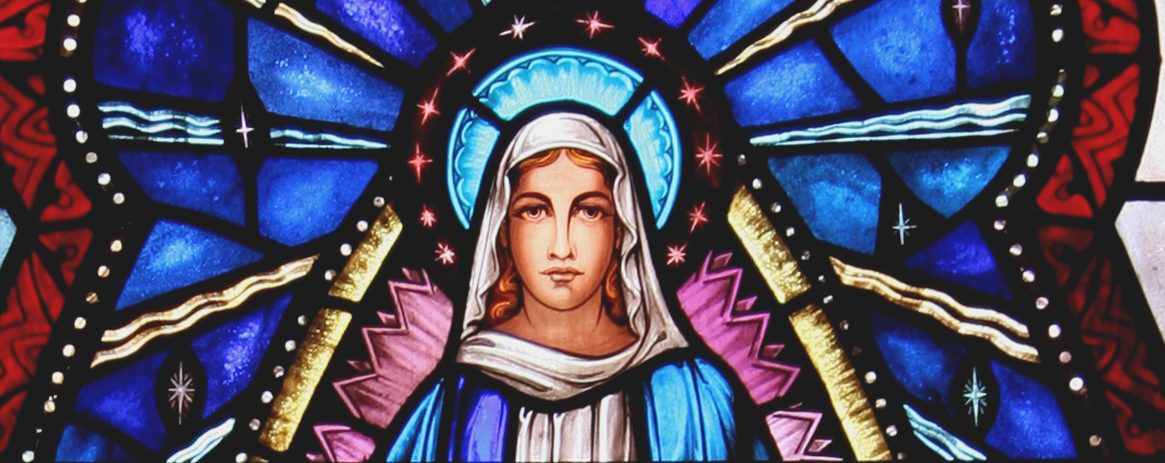By: Seminarian Kyle McClure
Here we are around two months after the start of social distancing. It is easy to worry and be anxious about what is happening and what will happen in the future. The questions and uncertainties are a place for doubt. So, what does hope look like in this situation? Hope is a virtue we pray for and that I pray we all increase in. First, hope flows from an encounter with Christ. An encounter with Christ in the present moment shapes how we view the future. Only when we recognize Christ present with us, can we view the future with hope. In the Gospel on May 10th, Christ says, “Do not let your hearts be troubled. You have faith in God, have faith also in me.” Christ is inviting us to have faith in him. Faith means trust and confidence in him. How can we foster hope in these times?
Christ starts by saying: “Do not let your hearts be troubled.” Christ knows our hearts and our tendency to worry. He gives his peaceful reassurance to have faith. Saint John Chrysostom describes Christ as saying, “Faith too in Me, and in the Father that begat Me, is more powerful than any thing that shall come upon you; and will prevail in spite of all difficulties.” Faith is more powerful than our worries and doubts. If we choose to act on faith and place our trust in God, we may find our hearts will not be as troubled. Next Christ shifts the focus of faith to himself. He says: “You have faith in God; have faith also in me.” Faith in Christ is a personal trust and hope. The person of Christ is present in our lives, through moments of grace and love we come to recognize him. It is in realizing I am loved in this moment by Christ with me that I can realize my future will be the same. Christ takes care of me now and will take care of me tomorrow. Therefore, hope is the day to day knowledge of Christ’s presence that orients us to trust and confidence in him.
Mensaje de Pascua
Por: Seminarian Kyle McClure
Estamos aquí alrededor de dos meses después del comienzo del distanciamiento social. Es fácil estar preocupado o ansioso sobre lo que está pasando o de lo que pasará en el futuro. Las preguntas e incertidumbres son un lugar para la duda. Entonces, ¿cómo se ve la esperanza en esta situación? La esperanza es una virtud por la que oramos y oro porque todos aumentemos en ella. Primero, la esperanza fluye desde un encuentro con Cristo. Un encuentro con Cristo en el momento presente da forma a cómo vemos el futuro. Solamente cuando reconocemos a Cristo presente con nosotros, podemos ver el futuro con esperanza. En el Evangelio del 10 de mayo, Cristo dice: “No pierdan la paz. Si creen en Dios, crean también en mí.” Cristo nos invita a tener fe en él. La fe significa confianza y seguridad en él. ¿Cómo podemos fomentar la esperanza en estos tiempos?
Cristo empieza al decir: “No pierdan la paz.” Cristo conoce nuestros corazones y nuestras tendencias a preocuparnos. Él da su tranquila seguridad de tener fe. San Juan Crisóstomo describe a Cristo diciendo: “La fe también en Mí, y en el Padre que me engendró, es más poderosa que cualquier cosa que te sobrevenga; y prevalecerá a pesar de las dificultades.” La fe es más poderosa que nuestras preocupaciones y dudas. Si escogemos actuar con fe y poner nuestra confianza en Dios, podemos encontrar que nuestros corazones no perderán la paz. Después Cristo cambia el enfoque de la fe hacia sí mismo. Él dice: “Tienes fe en Dios; ten fe también en mí.” La fe en Cristo es una confianza y esperanza personal. La persona de Cristo está presente en nuestras vidas, a través de los momentos de gracia y de amor llegamos a reconocerlo. Es en este reconocimiento que soy amado en este momento por Cristo que está conmigo que puedo reconocer mi futuro será el mismo. Cristo cuida de mí ahora y me cuidará mañana. Por lo tanto, la esperanza es conocimiento diario de la presencia de Cristo que nos orienta a confiar y a estar seguros en él.
[1] Thomas Aquinas, Catena Aurea: Commentary on the Four Gospels, Collected out of the Works of the Fathers: St. John, ed. John Henry Newman, vol. 4 (Oxford: John Henry Parker, 1845), 449.
[2]Catholic Daily Readings (Bellingham, WA: Faithlife, 2009).


